I had an online interaction with Aluta Null, a glitch and digital artist who also identifies as a game designer. We spoke about their transformative residency at BubblegumClub, which was pivotal for their development, providing studio space, and opportunities for collaboration and artistic innovation. Null shared insights into their creative practice, influenced by internet subcultures and process-based art, with themes of mental health and personification. But my curiosity lay more specifically in what it’s like to be a Black, Assigned Female at Birth (AFAB) video game designer in the fickle landscape of the SA gaming industry.
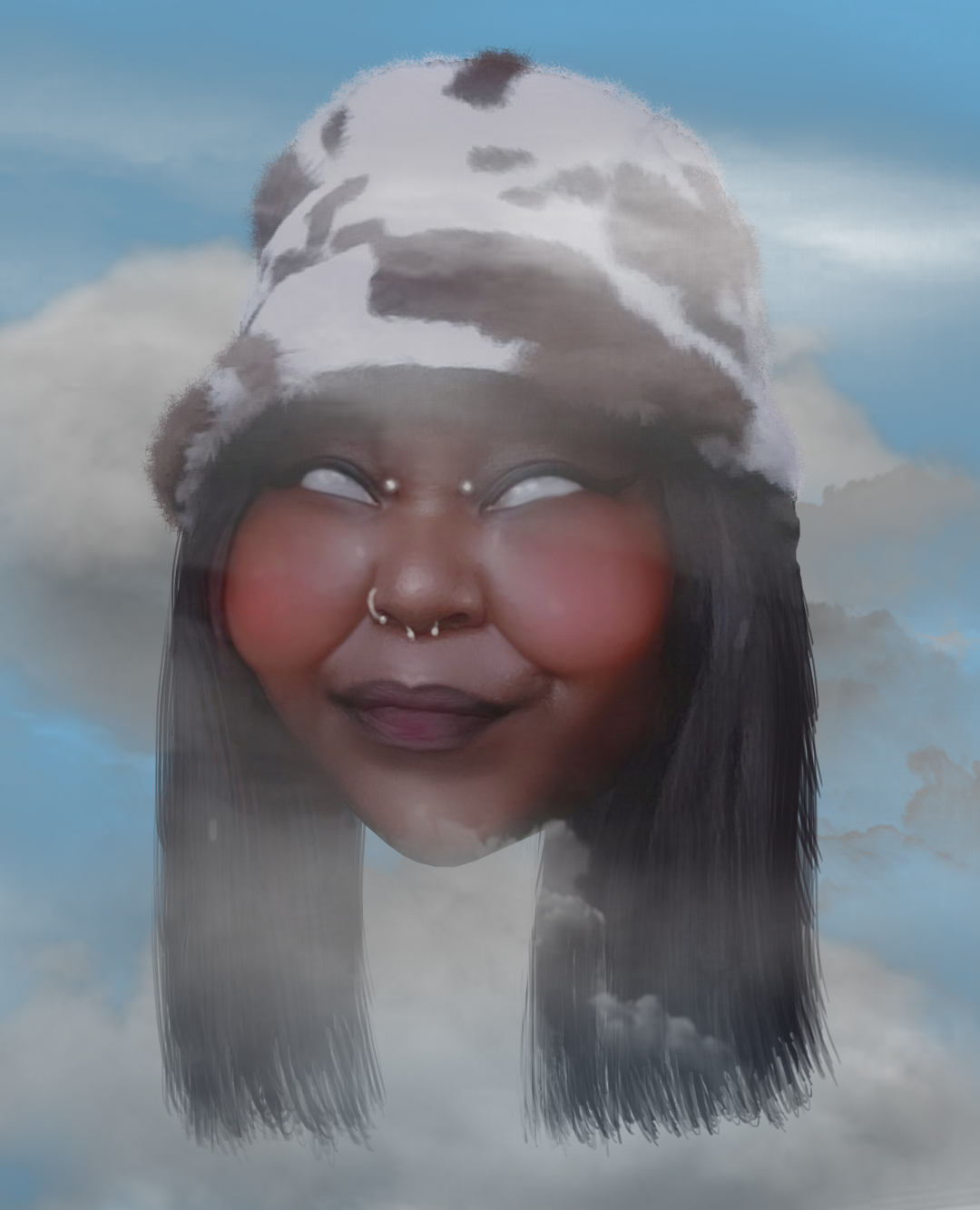
Thembeka Heidi Sincuba: Can you share a bit about your journey into becoming a video game designer and digital artist?
Aluta Null: I’ve been creative my entire life and, growing up in the 2000s meant that a lot of my explorations and creative experimenting happened on the internet or with digital media. I played around with many different art mediums, even though at the time I wasn’t really aware that I was slowly finding my digital art groove. I had a blog in high school … As a child, I enjoyed games and drawing. So I’ve always been creative and knew that this would be my life in some way. When I needed to study for a degree, Wits was non-negotiable as it’s a very important institution in my family. When I was in matric, I discovered their new Digital Arts program, which seemed to be the most fitting thing for me. The degree explores many disciplines but Game Design is the biggest. Through that, I fell in love with the craft and majored in it then did my honours in Volummetric Filmmaking. The degree unlocked my digital artistic voice. I created my Aluta Null persona in 2021 and have been claiming the title “artist” ever since, in a way I didn’t before.
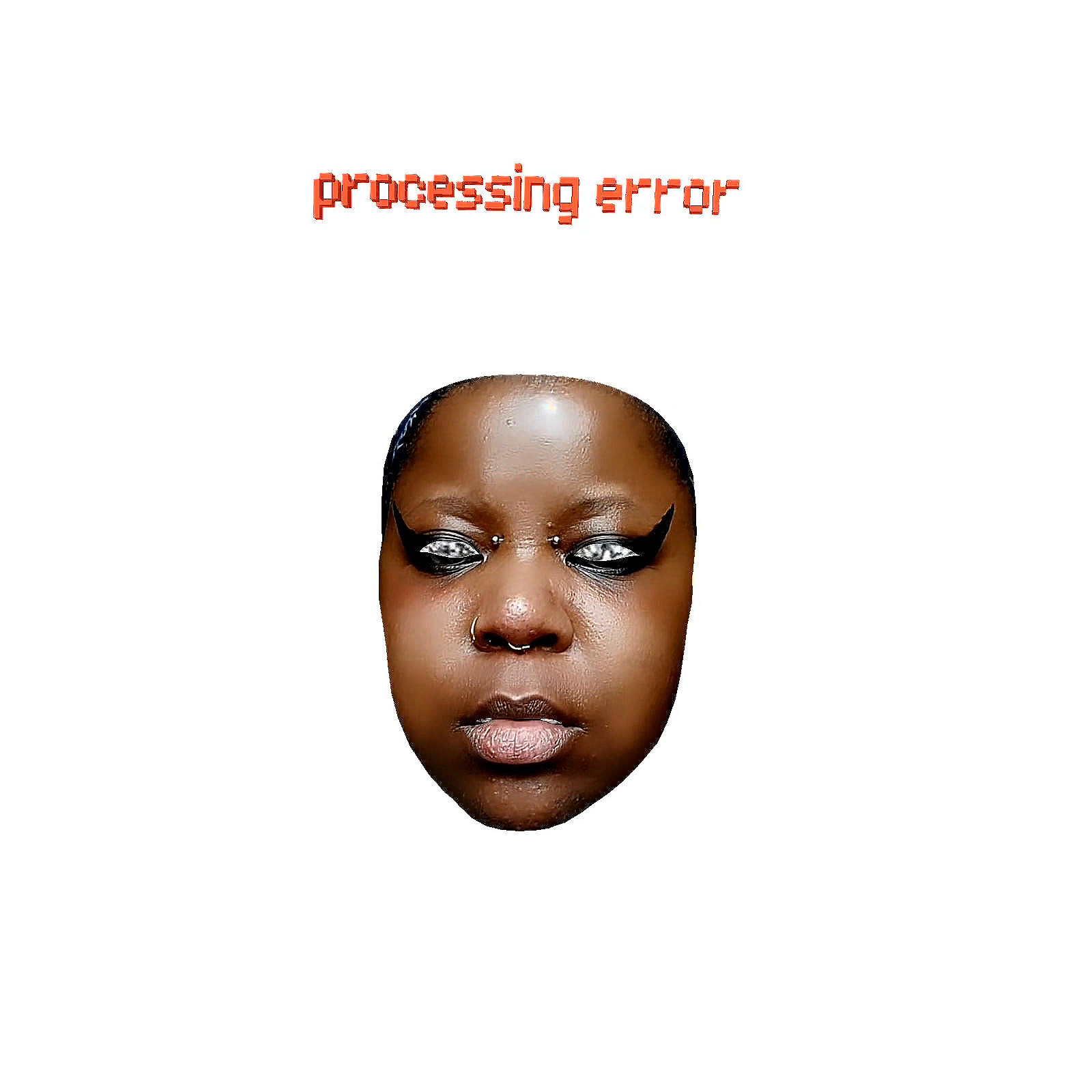
THS: What inspired you to explore glitch art and incorporate it into your game designs?
AN: Oooo! The glitch! I’m a very huge internet geek, … and I’m an even bigger nerd when it comes to subcultures. … Glitch art is quite literally a blend of both. I discovered it during my degree in an internet and interactive media course. My lecturer very briefly showed us some interesting net art and glitch art and introduced us to some basic data-bending techniques. My whole brain exploded. Glitch art is popular for its aesthetics. But to learn that there was such a powerful process-based practice that defined it did a lot for me. It just changed how I view media and the way that subcultures distort when they move from the “underground” to the mainstream and lose their meaning. … that’s where I exist. In the process. I really identify with a lot of the politics of the space. I identify with intentionally breaking files and media to produce errors that we then appreciate as art. …
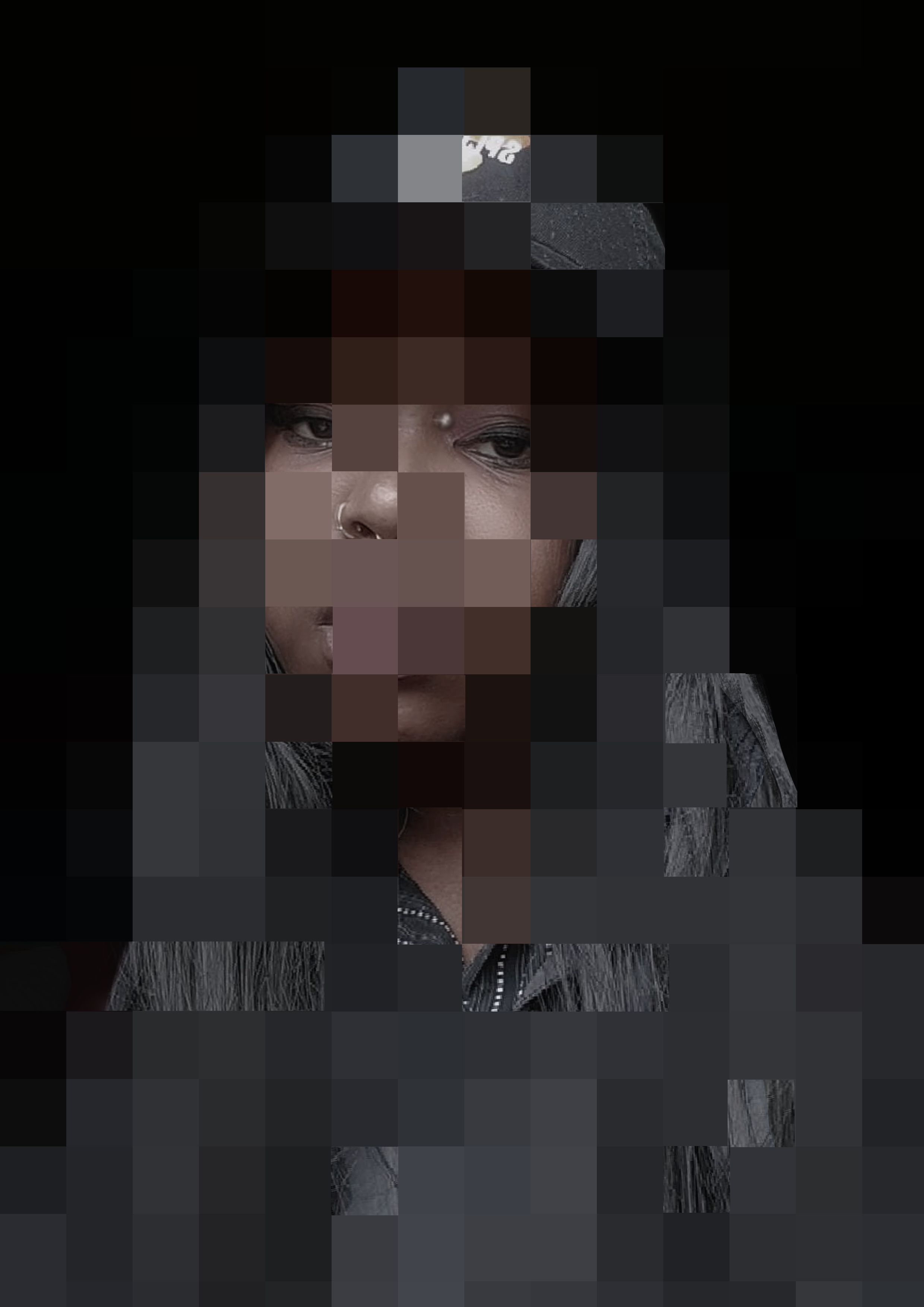
THS: As a video game designer, how do you approach balancing the artistic vision of a game with its gameplay mechanics?
AN: This is something I love about game design because there is so much room for artistic communication that I think people who only play games might not always realise if they don’t think about it too much. I view gameplay mechanics as an art in itself, so oftentimes I am just using visuals to contextualize what is actually happening. Designing games is hard. I think it’s hard for me because of how closely I try to link the mechanics to whatever artistic vision I have. … I’m lucky to have inspiration in games and designers who do this very well. But I think the biggest thing is trying to put design and intention at my forefront and try to make sure I’m communicating what I want to communicate as clearly as possible.
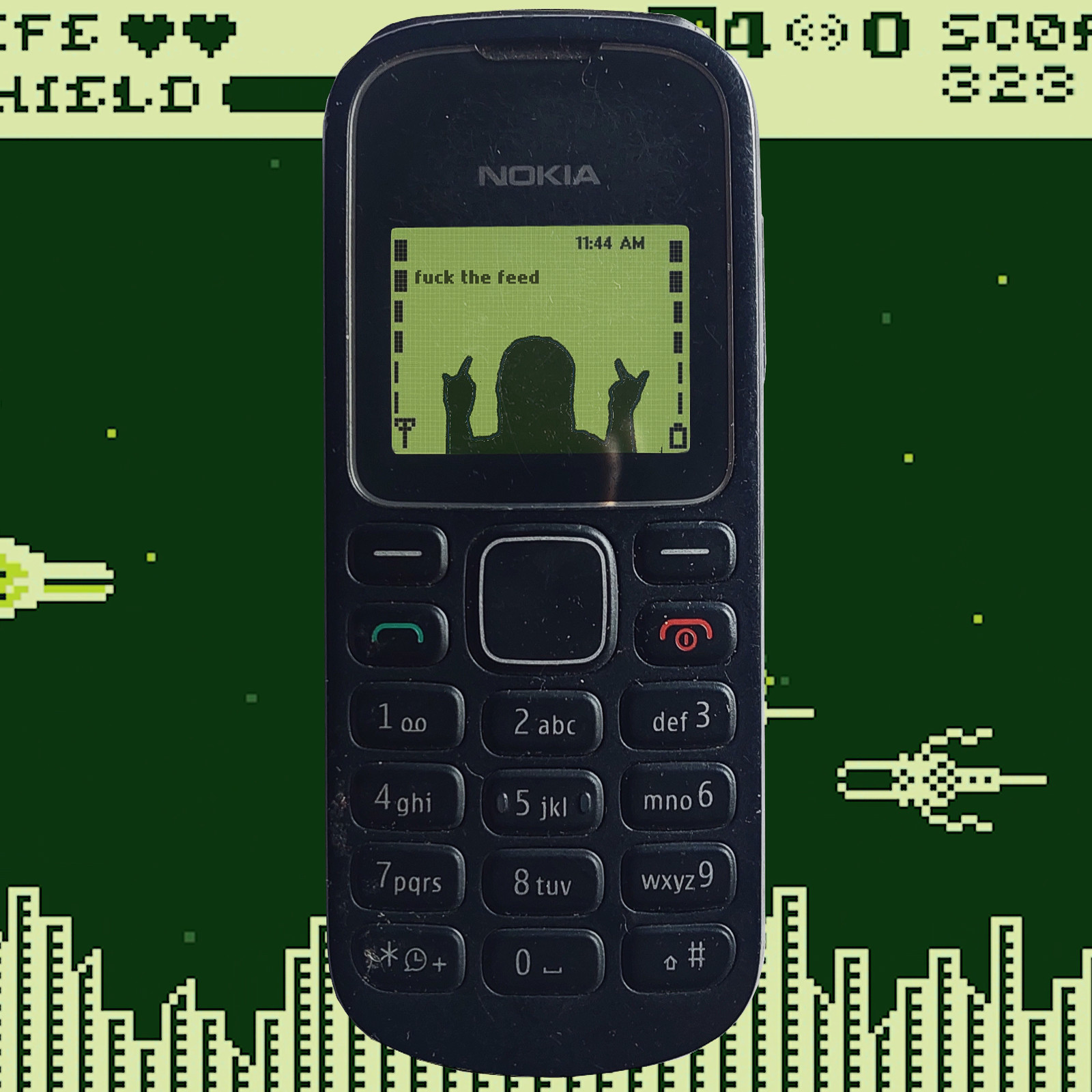
THS: Can you discuss the challenges you’ve faced as a game designer in South Africa, particularly as a Black Femme person?
AN: The industry is very young and very small, so I think that my biggest challenges have come in the form of limited information and not having many people locally whom I can turn to for guidance who understand my context and relate. Even from my studying days, it kind of felt like a lot of “winging it” was happening in regard to navigating the industry and making money. Of course, identity politics are always going to play into how I move and the doors I try to break open. But beyond that, I think personally my biggest challenge has been figuring out how to navigate the industry while still being authentic and keeping my passion and creativity alive.
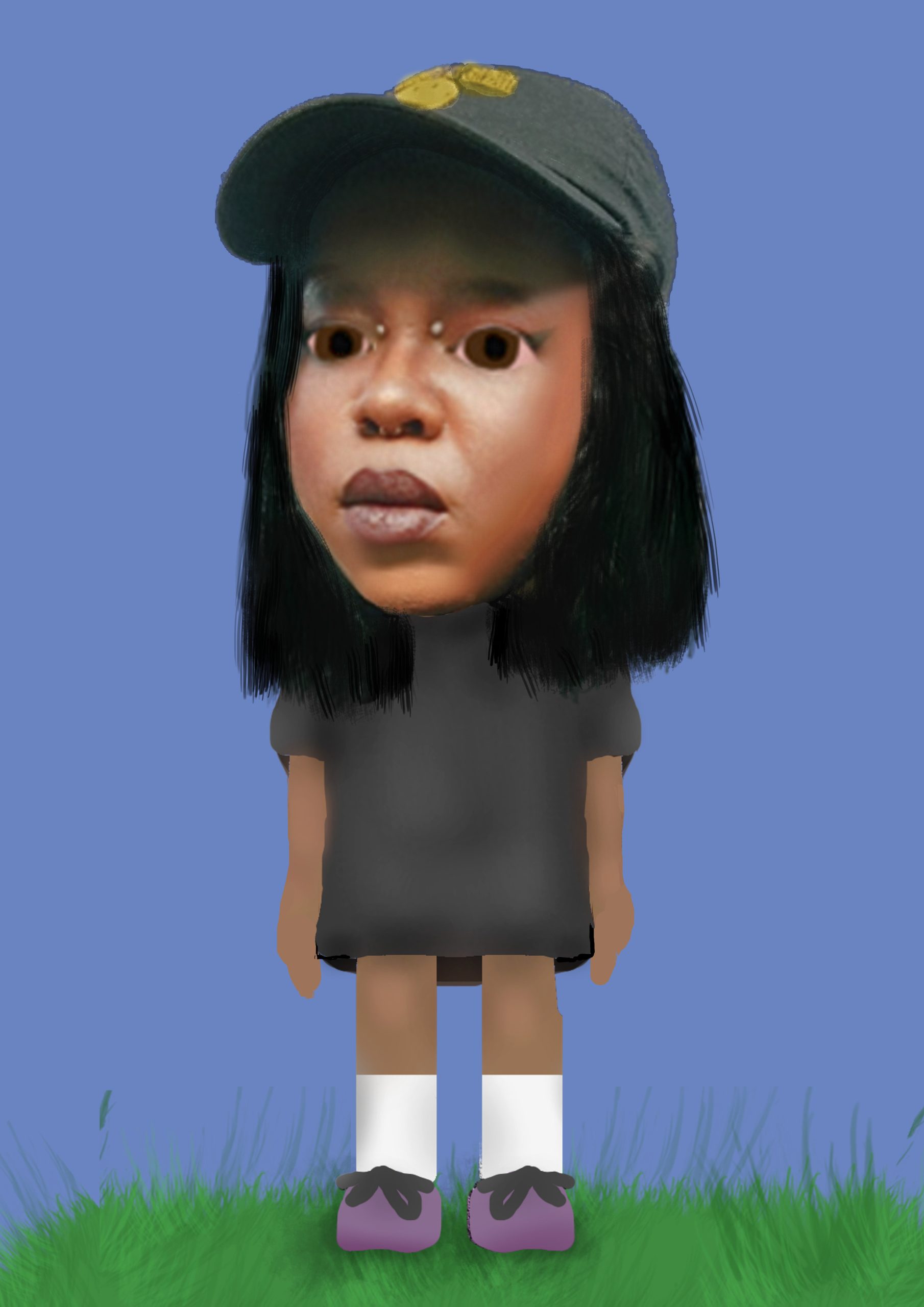
THS: What are some of the best possible things that could happen in the future of game design in South Africa?
AN: FUNDINGGGG! … There really is so much effort being put into funding young game devs. It can’t be ignored. … But I personally believe that even more funding would create more space for people to make mistakes and learn and grow. Money in SA is always the best possible thing when used in the correct ways. We have so much talent, so much young talent and it makes me smile so much when my friends and people I used to tutor tell me about big funding or support they’ve just acquired. It’s so nice watching people I believe in grow. But I think that more attention and more money, investing in weird and unconventional and innovative thinking, would be such a huge benefit and help strengthen the diversity of ideas and games in the country.
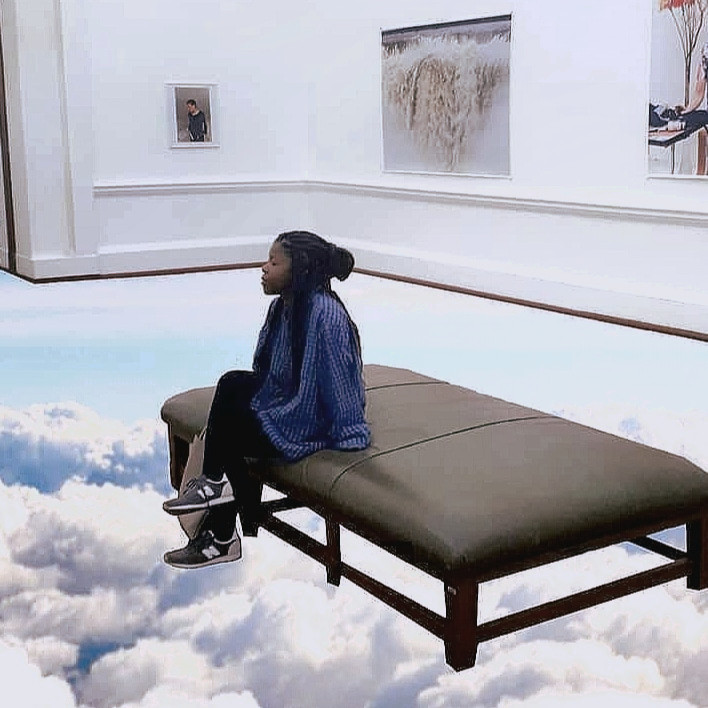
The South African gaming industry faces diversity challenges, notably in its mobile sector where white males dominate, despite revenue growth from $266 million in 2023 to an anticipated $333 million by 2026. With 60 active studios mainly in Cape Town and Johannesburg and 26.5 million players, the industry does show promise but despite efforts to address disparities, opportunities for underrepresented groups are still limited, which probably has something to do with the legacy of the digital divide.
Thankfully, with characters like Aluta Null, one can’t help but dream of the endless possibilities. Such creators are the pulchritudinous proof of the unpreventable progress that will surely seep into even the most male dominated of sectors. I made sure to express to Null how important I felt our conversation was and the hope is that this message inspires future game designers to help make the industry as inclusive as it should be.



















































